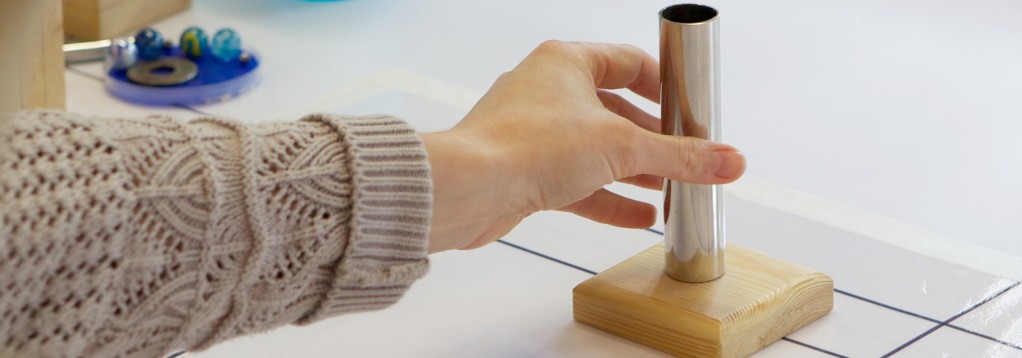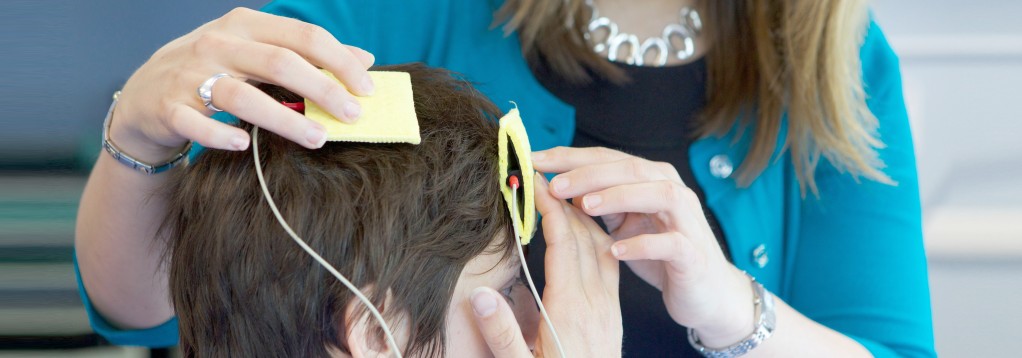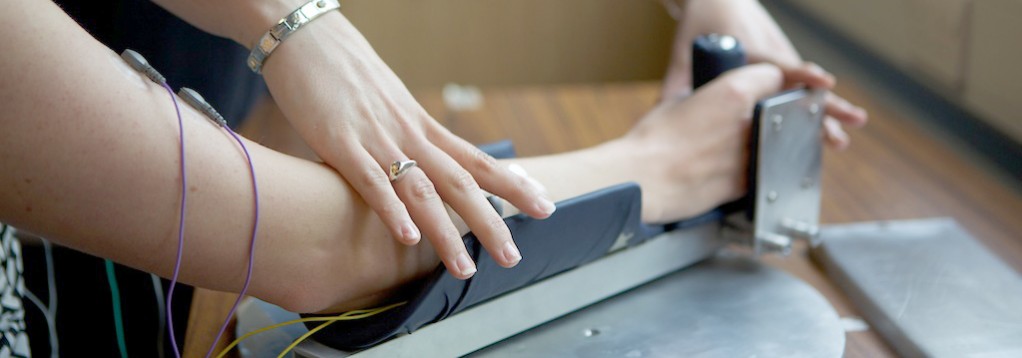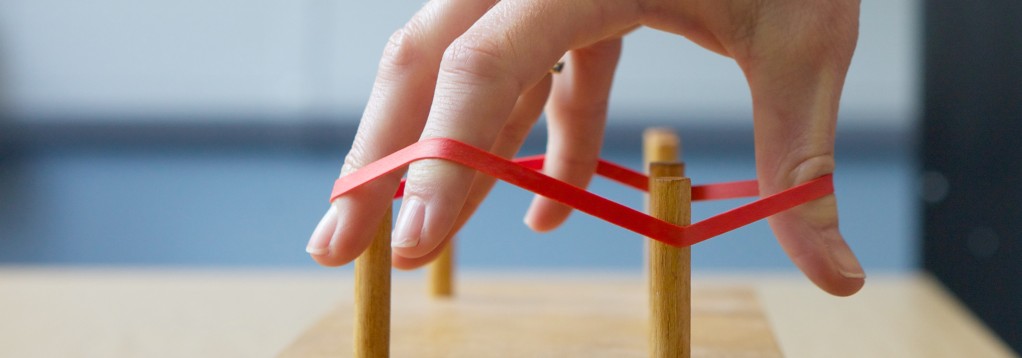Papers & Publications
Current publications completed by members of the ABIRA are listed below.
2022
Knights, E., Smith, F.W. & Rossit, S. (2022) The role of the anterior temporal cortex in action: evidence from fMRI multivariate searchlight analysis during real object grasping. Scientific Reports 12 https://www.nature.com/articles/s41598-022-12174-9
Ellis, F., Hancock, N., Kennedy, N., Clark, A., Wells, J., Chandler, E., Payne, D. & Pomeroy, V. M. (2022) Consideration-of-concept of EvolvRehab Body for upper limb virtual rehabilitation at home for people late after stroke. Physiotherapy 116; https://doi.org/10.1016/j.physio.2022.03.004
2021
Knights, E., Mansfield, C., Tonin, D., Saada, J., Smith, F.W., Rossit, S. (2021) Hand-selective visual regions represent how to grasp 3D tools: brain decoding during real actions. Journal of Neuroscience JN-RM-0083-21; https://doi.org/10.1523/JNEUROSCI.0083-21.2021
Chandler, E. A., Stone, T., Pomeroy, V. M., Clark, A., Kerr, A., Rowe, P., Ugbolue, U. C., Smith, J., & Hancock, N. J. (2021). Investigating the relationships between three important functional tasks early after stroke: Movement characteristics of sit-to-stand, sit-to-walk and walking. Frontiers in Neurology, 12, [660383]. https://doi.org/10.3389/fneur.2021.660383
Bajuaifer, S., Grey, M., Hancock, N., & Pomeroy, V. (2021). User perspectives on the design and setup of lower limb mirror therapy equipment after stroke: a technical report. Physiotherapy 113. https://doi.org/10.1016/j.physio.2021.05.001
Ellison, P. M., Goodall, S., Kennedy, N., Dawes, H., Clark, A., Pomeroy, V., Duddy, M., Baker, M. R., & Saxton, J. M. (2021). Neurostructural and neurophysiological correlates of multiple sclerosis physical fatigue: systematic review and meta-analysis of cross-sectional studies. Neuropsychology Review. https://doi.org/10.1007/s11065-021-09508-1
Smith, T., Clarke, C., Dainty, J. R., Watts, L., Yates, M., Pomeroy, V., Stanmore, E., O’Neill, T., & Macgregor, A. (2021). Clinical and biomechanical factors associated with falls and rheumatoid arthritis: baseline cohort with longitudinal nested case-control study. Rheumatology 61(2) https://doi.org/10.1093/rheumatology/keab388
2020
Morse, H., Biggart, L., Pomeroy, V., & Rossit, S. (2020). Exploring perspectives from stroke survivors, carers and clinicians on virtual reality as a precursor to using telerehabilitation for spatial neglect post-stroke. Neuropsychological Rehabilitation. https://doi.org/10.1080/09602011.2020.1819827
Lane, K., Chandler, E., Payne, D., & Pomeroy, V. (2020). Stroke survivors’ recommendations for the visual representation of movement analysis measures: a technical report. Physiotherapy, 107, 36-42. https://doi.org/10.1016/j.physio.2019.08.008
Hancock, N., Shepstone, L., Rowe, P., & Pomeroy, V. (2020). Identification of neuromuscular targets for restoration of walking ability after stroke: precursor to precision rehabilitation. Physiotherapy Research International, 25(2), [e1816]. https://doi.org/10.1002/pri.1816
Clarke, C., Pomeroy, V., Clark, A., Creelman, G., Hancock, N., Horton, S., Killett, A., Mann, C., Payerne, E., Toms, A., Roberts, G., Smith, T., Swart, A. M., & Mcnamara, I. (2020). CAPAbility: Comparison of the JOURNEY II Bi-Cruciate Stabilised and GENESIS II total knee arthroplasty in performance and functional ability: protocol of a randomised controlled trial. Trials, 21, [222]. https://doi.org/10.1186/s13063-020-4143-4
Kerr, A., Rowe, P., Clark, A., Chandler, E., Smith, J., Ugbolue, C., & Pomeroy, V. (2020). Biomechanical correlates for recovering walking speed following a stroke. The potential of tibia to vertical angle as a therapy target. Gait & Posture, 76, 162-167. https://doi.org/10.1016/j.gaitpost.2019.12.009
2019
Buchignani, B., Beani, E., Pomeroy, V., Iacono, O., Sicola, E., Perazza, S., Bieber, E., Feys, H., Klingels, K., Cioni, G., & Sgandurra, G. (2019). Action observation training for rehabilitation in brain injuries: A systematic review and meta-analysis. BMC Neurology, 19(1), [344]. https://doi.org/10.1186/s12883-019-1533-x
Mares, K., Gilbert, L., Hodgson, S., Hodgson, S., Chandler, C., Schutt, H., & Pomeroy, V. (2019). FeSTivAPP – an innovative method for delivering Functional Strength Training Exercises to people after stroke. A Feasibility study. Manuscript submitted for publication.
Hancock, N. J., Collins, K., Dorer, C., Wolf, S. L., Bayley, M., & Pomeroy, V. M. (2019). Evidence based practice ‘on-the-go’: using ViaTherapy as a tool to enhance clinical decision making in upper limb rehabilitation after stroke – a quality improvement initiative. BMJ Open Quality, 8(3), [e000592]. https://doi.org/10.1136/bmjoq-2018-000592
Tedesco Triccas, L., Kennedy, N., Smith, T., & Pomeroy, V. (2019). Predictors of upper limb spasticity after stroke? A systematic review and meta-analysis. Physiotherapy, 105(2), 163-173. https://doi.org/10.1016/j.physio.2019.01.004
Kerr, A., Clark, A., & Pomeroy, V. (2019). Neuromechanical Differences Between Successful and Failed Sit-to-Stand Movements and Response to Rehabilitation Early After Stroke. Neurorehabilitation and Neural Repair, 33(5), 395-403. https://doi.org/10.1177/1545968319846119
2018
Hancock, N., Pomeroy, V., Dorer, C., Jarritt, P., Kennedy, N., Mares, K., Ferris, I., & Robinson, D. (2018). Editorial. Syn’apse.
Collins, K. C., Kennedy, N. C., Clark, A., & Pomeroy, V. M. (2018). Kinematic Components of the Reach-to-Target Movement After Stroke for Focused Rehabilitation Interventions: Systematic Review and Meta-Analysis. Frontiers in Neurology, 9, [472]. https://doi.org/10.3389/fneur.2018.00472
Pomeroy, V. M., Hunter, S. M., Johansen-Berg, H., Ward, N. S., Kennedy, N., Chandler, E., Weir, C. J., Rothwell, J., Wing, A., Grey, M., Barton, G., & Leavey, N. (2018). Functional strength training versus movement performance therapy for upper limb motor recovery early after stroke: a RCT. Efficacy and Mechanism Evaluation, 5(3). https://doi.org/10.3310/eme05030
Collins, K., Kennedy, N., Clark, A., & Pomeroy, V. (2018). Getting a kinematic handle on reach-to-grasp: A meta-analysis. Physiotherapy, 104(2), 153-166. https://doi.org/10.1016/j.physio.2017.10.002
Hunter, S. M., Johansen-Berg, H., Ward, N., Kennedy, N. C., Chandler, E., Weir, C. J., Rothwell, J., Wing, A. M., Grey, M. J., Barton, G., Leavey, N. M., Havis, C., Lemon, R. N., Burridge, J., Dymond, A., & Pomeroy, V. M. (2018). Functional Strength Training and Movement Performance Therapy for upper limb recovery early post-stroke – efficacy, neural correlates, predictive markers and cost-effectiveness: FAST-INdiCATE trial. Frontiers in Neurology, 8, [733]. https://doi.org/10.3389/fneur.2017.00733
2017
Colucci E, Clark A, Lang C, Pomeroy VM (2017). A rules-based, dose-finding design for use in stroke rehabilitation research: methodological development. Physiotherapy
2016
Hancock NJ, Shepstone L, Rowe P, Myint PK, Pomeroy VM (2016) Towards upright pedalling to drive recovery in people who cannot walk in the first weeks after stroke: movement patterns and measurement. Physiotherapy http://dx.doi.org/10.1016/j.physio.2016.10.392
Kerr A, Clark A, Rowe P, Pomeroy V (2016) Functional strength training and movement performance therapy produce analogous improvement in sit-to-stand early after stroke: early phase randomised controlled trial. Physiotherapy
Horton S, Clark A, Barton G, Lane K, Pomeroy V 2016) Methodological issues in the design and evaluation of supported communication for aphasia training: a cluster controlled feasibility study. BMJ Open 6: e011207. DOI: 10.11.1136/bmjopen-2016-011207
Jones PS, Pomeroy V, Wang J, Schlaug G, Marrapu S, Geva S, Rowe P, Chandler E, Kerr A & Baron J-C (2016) Does Stroke Location predict walk speed to gait rehabilitation? Human Brain Mapping 40:203-208
Barnish MS, Whibley D, Horton SMC, Butterfint ZR, Deane KHO (2016) Roles of cognitive status and intelligibility in everyday communication in people with Parkinson’s disease: a systematic review. Journal of Parkinson’s Disease. DOI: 10.3233/JPD-150757
Van Vliet P, Hunter S, Donaldson C & Pomeroy V (2016) Description of a functional strength training intervention for the upper limb after stroke using the TIDIER checklist. Journal of Neurologic Physical Therapy
Pomeroy V, Rowe P, Clark A, Walker A, Chandler E, Barber M & Baron J-C (2016). A randomised controlled evaluation of the efficacy of an ankle-foot cast on walking recovery early after stroke: SWIFT Cast Trial. Neurorehabilitation and Neural Repair 30:1:40-48. DOI: 10.1177/1545968315583724
Howard-Wilsher S, Irvine L, Fan H, Shakespeare T, Suhrcke M, Horton S, Poland F, Hooper L, Song F (2016) Systematic overview of economic evaluations of health-related rehabilitation. Disability and Health Journal 9, 1, 11-25. DOI: 10.1016/dhjo.2015.08.009
2015
Horton, S, Lane, K, Shiggins, C. (2015) Supporting communication for people with aphasia in stroke rehabilitation: transfer of training in a multidisciplinary stroke team. Aphasiology, DOI: 10.1080/02687038.2014.1000819
Hancock N, Shepstone L, Rowe P , Pomeroy V (2015) Upright pedalling is a potential tool to provide targeted therapy for the lower limb in people greater than one year after stroke. International Journal of Stroke 10:5 DOI: 10.1111/ijs.12634_12
Choo PL, Gallagher H, Morris J, Pomeroy V & Van Wyck F (2015). Correlations between arm motor behaviour and brain function following bilateral arm training after stroke: a systematic review. Brain and Behavior 5:12 DOI 10.1002/brb3.411
Van Vliet P, Pomeroy V, Kwakkel G & Wolf SL (2015. Arm recovery: time to empower people with stroke. Journal of Neurologic Physical Therapy 39:3:139-141
Hilari K, Klippi A, Constantinidou F, Horton S, Penn C, Raymer A, Wallace S, Zemva N, Worrall L (2015) Quality of life in aphasia: an international perspective. A survey of clinician views and practices from 16 countries. Folia Phoniatrica et Logopaedica 67,3. DOI: 10.1159/000434748
2014
Gracey F, Malley D, Wagner AP and Clare ICH (2014), “Characterising neuropsychological rehabilitation service users for service design” Social Care and Neurodisability 5(1): 16-28
Manly T, Evans JJ, Fish JE, Gracey F, Bateman A . (2014), “Cognitive Rehabilitation Following Traumatic Brain Injury”. Understanding Traumatic Brain Injury: Current Research and Future Directions, Oxford University Press
Pollock A, Baer G, Campbell P, Choo PL, Forster A, Morris J, Pomeroy VM, Langhorne P. Physical rehabilitation approaches for the recovery of function and mobility following stroke. Cochrane Database of Systematic Reviews 2014, Issue 4. Art.No.: CD001920. DOI: 10.1002/14651858.CD001920.pub3. Podcast at – http://www.cochrane.org/podcasts/issue-4-6-april-june-2014/physical-rehabilitation-approaches-recovery-function-and-mobility
Swart, J & Horton, S (2014) From patients to teachers: the perspectives of trainers with aphasia in a UK Conversation Partner Scheme. Aphasiology, 29(2), 195-213 Doi 10.1080/02687038.2014.961893
2013
Chennu S, Finoia P, Kamau E, Monti MM, Allanson J, Pickard JD, Owen AM, Bekinschtein TA (2013), “Dissociable endogenous and exogenous attention in disorders of consciousness.” Neuroimage Clin 3:450-61
Chennu S, Noreika V, Gueorguiev D, Blenkmann A, Kochen S, Ibáñez A, Owen AM, Bekinschtein TA (2013), “Expectation and attention in hierarchical auditory prediction.” J Neurosci 33(27):11194-205
Cowles T, Clark A, Mares K, Peryer G, Stuck R, Pomeroy V. Observation-to-Imitate plus Practice could add little to physical therapy benefits within 31 days of stroke. Translational randomized controlled trial. Neurorehabilitation and Neural Repair 2013;27:173-182.
Kerr A, Pomeroy VM, Rowe P, Dall P, Rafferty D. Measuring fluency during the sit to walk movement. Gait & Posture 2013;37:598-602.
Manly T, Evans JJ, Fish JE, Gracey F and Bateman A (2013), “Cognitive Rehabilitation following Traumatic Brain Injury” In H. Levin, D. Shum and R. Chan (Eds) Understanding Traumatic Brain Injury: Current Research and Future Directions. Oxford: OUP.
Pomeroy VM, Ward NS, Johansen-Berg H, van Vliet P, Burridge J, Hunter S M, Lemon R N, Rothwell J, Weir C J, Wing A, Walker A A, Kennedy N, Barton G, Greenwood R J, McConnachie A, for FAST INdiCATE Investigators. FAST INdiCATE Trial protocol. Clinical efficacy of functional strength training for upper limb motor recovery early after stroke: neural correlates and prognostic indicators. Int J Stroke, published online Sept 2013 DOI: 101111/ijs.12179
Ugbolue U C, Papi E, Kaliarntas K T, Kerr A, Earl L, Pomeroy VM, Rowe PJ. The evaluation of an inexpensive, 2D, video based gait assessment system for clinical use. Gait and Posture 2013 38:483-489.
2012
Geva S, Baron JC, Jones PS, Price CJ, Warburton EA. A comparison of VLSM and VBM in a cohort of patients with post-stroke aphasia Neuroimage Clin. 2012 Aug 30;1(1):37-47. doi: 10.1016/j.nicl.2012.08.003. eCollection 2012. PMID 24179735
Geva S, Jones PS, Crinion JT, Price CJ, Baron JC, Warburton EA. The effect of aging on the neural correlates of phonological word retrieval. J Cogn Neurosci. 2012 Nov;24(11):2135-46. Epub 2012 Jul 31.PMID:22849403
Gracey F and Ownsworth T (2012), “The experience of self in the world: the personal and social contexts of identity change after brain injury” In J. Jetten, C. Haslam and A. Haslam (Eds) The Social Cure. Hove: Psychology Press.



